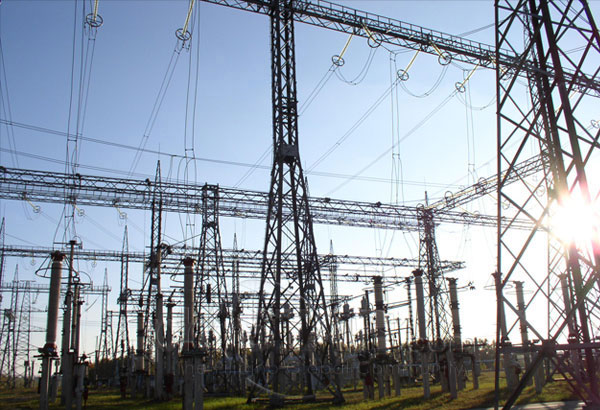News Analysis: Phl, Malaysia top emerging Asian economies in 2nd quarter growth
MANILA, Philippines (Xinhua) - The Philippines and Malaysia recorded an identical 6.4 percent gross domestic product (GDP) growth for the second quarter of this year while the other Asian emerging economies registered slower growth.
Socioeconomic Planning Secretary Arsenio Balisacan said on Thursday that the Philippine economy regained its growth momentum for the period from April to June 2014 after a relatively slower growth of 5.7 percent in the first quarter.
Balisacan said that the higher growth rate of 6.4 percent showed that the Philippine economy "is back on the higher trajectory of growth registered in 2012 and 2013 and bodes well for economic growth in 2014".
The Philippine economy grew by 7.2 percent in 2013, the fastest in the region and second only to that of China.
In the second quarter, China still recorded the fastest in the whole of Asia with 7.5 percent GDP growth.
According to Balisacan, for the Philippine economy to hit the low end of the government's target this year, growth should average at least 6.9 percent in the second half. The country's first-half GDP growth was 6.0 percent
Domestic demand continued to be underpinned by remittancesfrom Filipinos working and living abroad, which grew 5.8 percent to $11.4 billion in the first half of the year from a year ago.
Balisacan said that growth in the second quarter was led by the industrial sector which grew 7.8 percent from a year earlier, up from 5.3 percent in the first quarter. Manufacturing was the highest contributor to the industrial sector, climbing 10.8 percent.
Just like in the Philippines, Malaysia's growth of 6.4 percent was also underpinned by strong growth in the services and manufacturing sectors, exceeding forecasts of 5.8 percent, as well as exports.
For the first half of 2014, Malaysia's GDP expanded by 6.3 percent from 4.4 percent a year ago.
Indonesia, the region's largest economy, grew 5.12 percent in the second quarter of 2014, an indication that the country's GDP growth continued to slow down which started in 2011.
The 5.12 percent GDP growth of Indonesia for the second quarter was the slowest growth pace that has been recorded by the country since the fourth quarter of 2009.
For the second quarter, Singapore grew by 2.4 percent on a year- on-year basis, slower than the 4.8 percent that it generated in the first quarter, according to Singapore's Ministry of Trade and Industry (MTI).
The MTI also announced that it has narrowed the state's GDP growth forecast for 2014 to between 2.5 percent and 3.5 percent.
Thailand, which has been plagued by political instability, grew by only 0.90 percent in the second quarter, slower than the 1.8 percent growth in the preceding quarter.
The Thai military seized power on May 22, hurting investments, tourism and domestic consumption.
The country avoided recession in the second quarter of 2014 since the slowdown in political protests helped exports and restored consumer confidence.
However, in June 2014, manufacturing production in Thailand contracted for the 15th straight month and the number of tourists fell to its lowest in more than two years.
Thailand's National Economic and Social Development Board ( NESDB), which compiles GDP data, has trimmed its full-year growth forecast for the country to 1.5 percent to 2.0 percent from a 1.5 percent to 2.5 percent.
In the Philippines, Balisacan said that government's under spending in the second quarter was a cause for concern but adding that the government "is aware of this and is taking the right steps to address bottlenecks." "And we are doing this with a sense of urgency. Proof of this will be demonstrated in the second half when the government spending contributes to the economy's growth while committing to improving our overall competitiveness and the delivery of the needed public goods and services," Balisacan said. The government expenditure in the second quarter was flat from a year earlier, compared with 12 percent growth in the same period of 2013, official data showed.
Balisacan said that their projections for the rest of the year are not without risks given the impact later this year of an El Nino dry weather phenomenon on power and farm output.
But among the members of the Association of Southeast Asian Nations (ASEAN), the Philippines remains a popular investment destination due to its relatively strong economic fundamentals, a stable political environment and improved credit ratings.
In May, Standard & Poor's raised the country's long-term credit to two notches above investment grade.
- Latest
- Trending




























